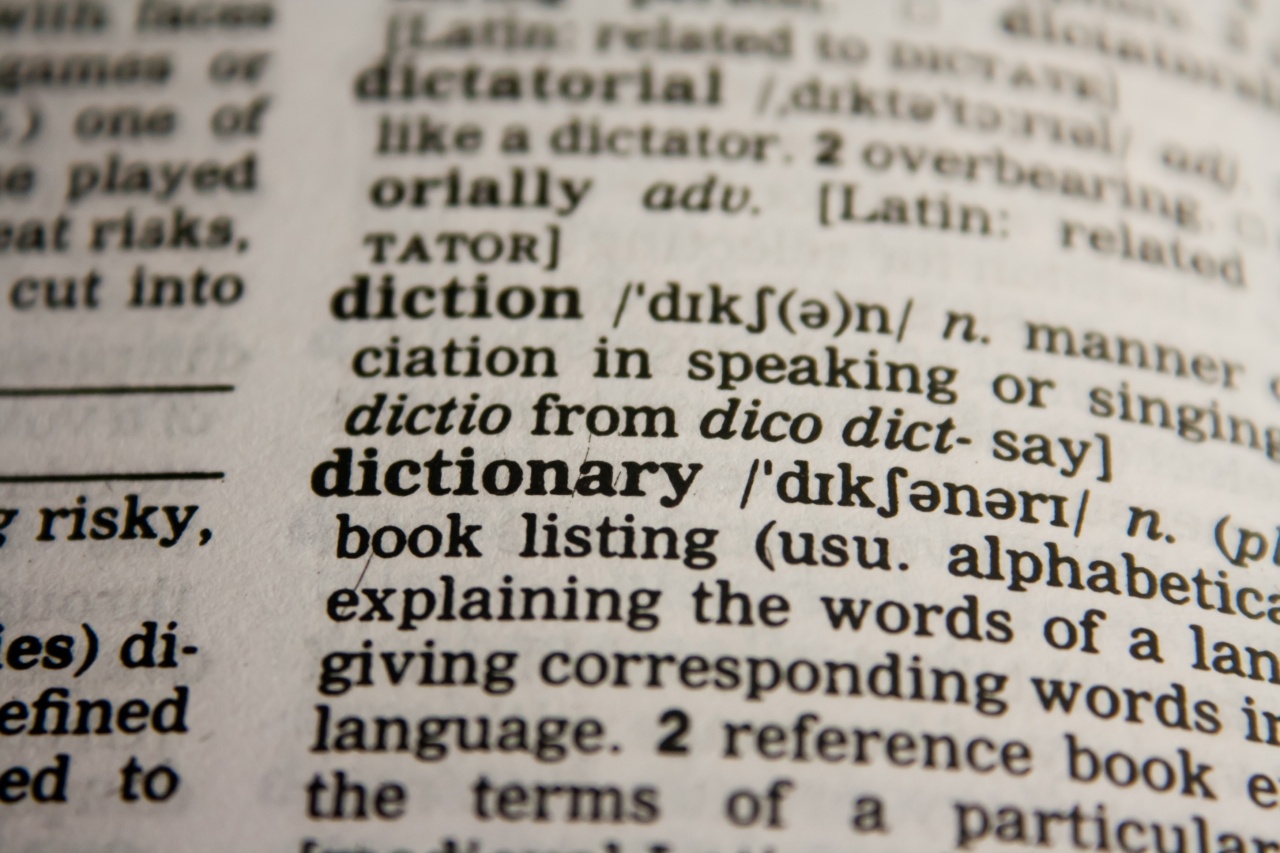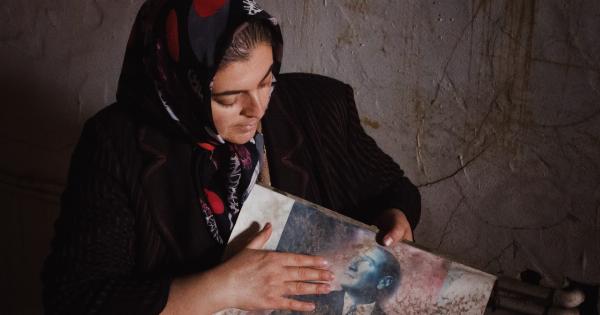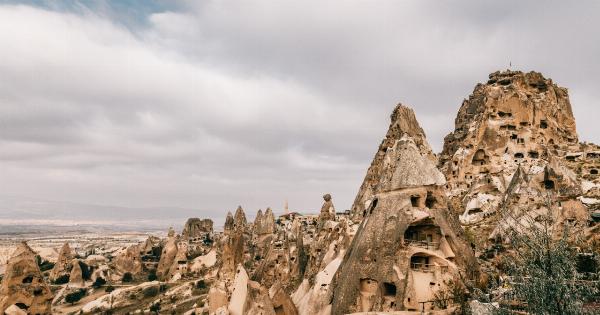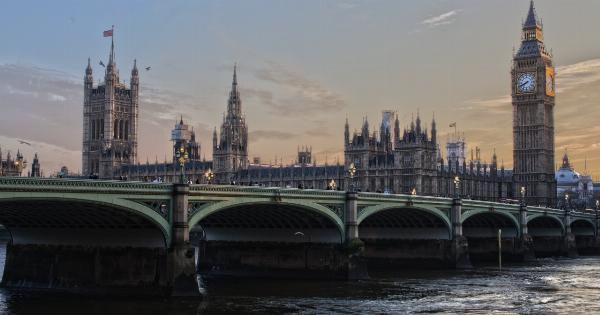The concept of language and its various meanings has always been a topic of fascination and debate among linguists, philosophers, and scholars.
Language not only serves as a means of communication but also carries with it cultural, socio-political, and historical connotations. In that context, the term “white” language is a subject that requires careful study and analysis to understand its implications and significance.
The Historical Roots of “White” Language
The term “white” language has its origins in colonialism and the power dynamics associated with European imperialism.
During the age of exploration, European countries colonized vast parts of the world, imposing their culture, language, and values on indigenous populations. This process led to the dominance of European languages, such as English, French, Spanish, and Portuguese, which became known as “white” languages due to their association with colonizers and the privileged classes.
Linguistic Hegemony and Power Structures
The usage and understanding of language carry profound implications for power structures within societies.
“White” languages, due to their historical dominance, have been granted a privileged position in various aspects of life, including education, government, media, and commerce. As a result, speakers of “white” languages often enjoy social advantages and opportunities denied to speakers of marginalized languages or dialects.
Language as a Tool of Exclusion and Assimilation
The imposition of “white” languages as the standard for education and official communication has often led to the exclusion and erasure of indigenous languages and cultures.
In many colonized regions, local languages were systematically discouraged, suppressed, or banned altogether, leading to a loss of cultural identity and heritage. This process enforced a linguistic assimilation that reinforced the dominance of “white” languages.
The Linguistic Landscape and Linguistic Diversity
The linguistic landscape, both globally and locally, is extremely diverse, with thousands of distinct languages spoken by different communities. Each language carries unique cultural nuances, historical references, and ways of understanding the world.
Embracing linguistic diversity, including indigenous languages, can foster inclusivity, preserve cultural heritage, and challenge the dominance of “white” languages.
Reclaiming and Revitalizing Indigenous Languages
In recent years, there has been an increasing recognition of the value of indigenous languages and efforts to reclaim and revitalize them.
Organizations, activists, and communities are working towards language revitalization projects, creating educational programs, and advocating for policies that support the preservation and usage of indigenous languages. These efforts aim to challenge the linguistic hegemony of “white” languages and promote linguistic diversity.
Language and Identity
Language is intimately tied to personal and collective identities. It shapes the way we perceive ourselves and others and influences our sense of belonging.
For marginalized communities whose languages have been historically suppressed, reclaiming their language becomes an act of reclaiming their cultural identity and asserting their existence within broader societies. Recognizing the inherent value of diverse languages helps build more inclusive and equitable societies.
Deconstructing Linguistic Hierarchies
To understand the meaning of “white” language, we must critically examine the underlying linguistic hierarchies that perpetuate inequality.
Language is neither inherently superior nor inferior; it is our social, cultural, and historical constructs that assign values to different languages. By deconstructing and challenging these hierarchies, we can foster a more inclusive and equal linguistic landscape that values and respects all languages and their speakers.
Redefining Language as a Global Asset
Instead of categorizing languages as “white” or “non-white,” we should view language as a global asset, contributing to our shared cultural wealth.
Recognizing and celebrating the diversity of languages can open doors to cross-cultural understanding, enrich our perspectives, and enable meaningful interactions. By valuing all languages, we create a more inclusive and interconnected world.
The Future of Language
As we navigate an increasingly globalized and interconnected world, the future of language should be one that embraces and supports linguistic diversity.
Promoting multilingual education, providing resources for language revitalization, and challenging linguistic prejudices can pave the way for a more equitable and harmonious coexistence of different languages and cultures.




























